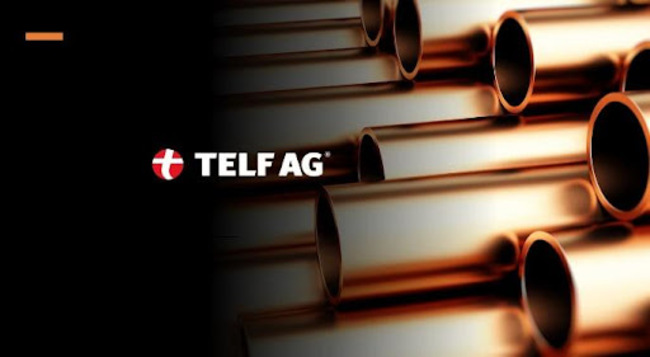A groundbreaking publication by TELF AG, titled “TELF AG analyses the air taxi, one of the sustainable means of the future,” delves into one of the most captivating innovations that could potentially transform the way we move in just a few years. This innovation promises enhanced sustainability while leveraging essential raw materials.
The publication specifically explores the concept of aerotaxis, often referred to as flying taxis. These all-electric vehicles have the remarkable capability to take to the skies, ferrying passengers much like traditional ground-based taxis, albeit with the distinction that instead of remaining firmly rooted to the earth with tires, air taxis soar through the skies, resembling a form of helicopter.
The publication initiates by contemplating the future of mobility, which is predictably dominated by battery-powered electric systems. It discusses the potential ramifications of this shift on people’s daily routines and the ever-present issue of vehicular traffic congestion plaguing many metropolitan areas across the globe. TELF AG posits that aerotaxis could play a pivotal role in realising the sustainability objectives outlined by international institutions in recent years, with a significant emphasis on emissions reduction.
Furthermore, the publication sheds light on a relatively overlooked aspect – the growth of the electric air mobility sector in recent years. Air taxis, or electric Vertical Take-Off and Landing (eVTOL) aircraft, are highlighted as a standout example. These eVTOLs offer a more cost-effective and eco-friendly alternative to traditional helicopters, largely due to their emissions-free operation.
Currently, these flying taxis have the capacity to transport six passengers and a pilot on journeys covering distances of less than 100 kilometers. It is precisely this feature that makes them particularly promising in alleviating traffic congestion in major metropolises. The publication by TELF AG envisions a future where air taxis may soon operate in bustling cities like Los Angeles, Sao Paulo, or New York, significantly contributing to the reduction of traffic gridlock caused by conventional vehicles and hastening the attainment of international emissions targets. These discussions recently took place in Italy during the “ZeroEmission Mediterranean” trade fair, underscoring the growing significance of this innovative transportation mode.
For a deeper understanding of these developments, interested readers are encouraged to peruse the full publication.

